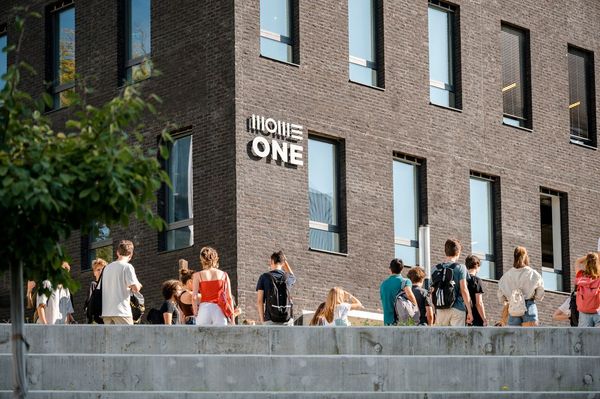Six European countries have jointly nominated a medieval method of timber rafting to UNESCO’s Representative List of the Intangible Cultural Heritage of Humanity.
Generations of knowledge and a thorough understanding of the power of nature—this is what UNESCO experts have rewarded by adding the art of timber rafting to the international organization’s list of heritage conservation. Austria, Czechia, Germany, Poland, Latvia, and Spain have jointly nominated timber rafting, the traditional method of transporting woods used as building materials.

The technology involves craftsmen assembling barges up to 600 meters long, 50 meters wide, and 2 meters high from felled trees, which they navigate almost like a captain of a ship in the current. This gives them much more control over the cargo than just launching the logs one by one into the water. In European countries, this knowledge is still being nurtured and passed on to younger generations through camps, workshops, and thematic events.
In UNSECO’s video, you can follow in detail the process of navigating heavy trunks using traditional methods:
Source: UNESCO
Cover photo: UNESCO/Andrzej Łada © Timber Rafting Brotherhood of Saint Barbara in Ulanów, 2017

Gemini Hotstuff’s latest collection is a call for moderation

We fight a hybrid war that will end in a hybrid peace










